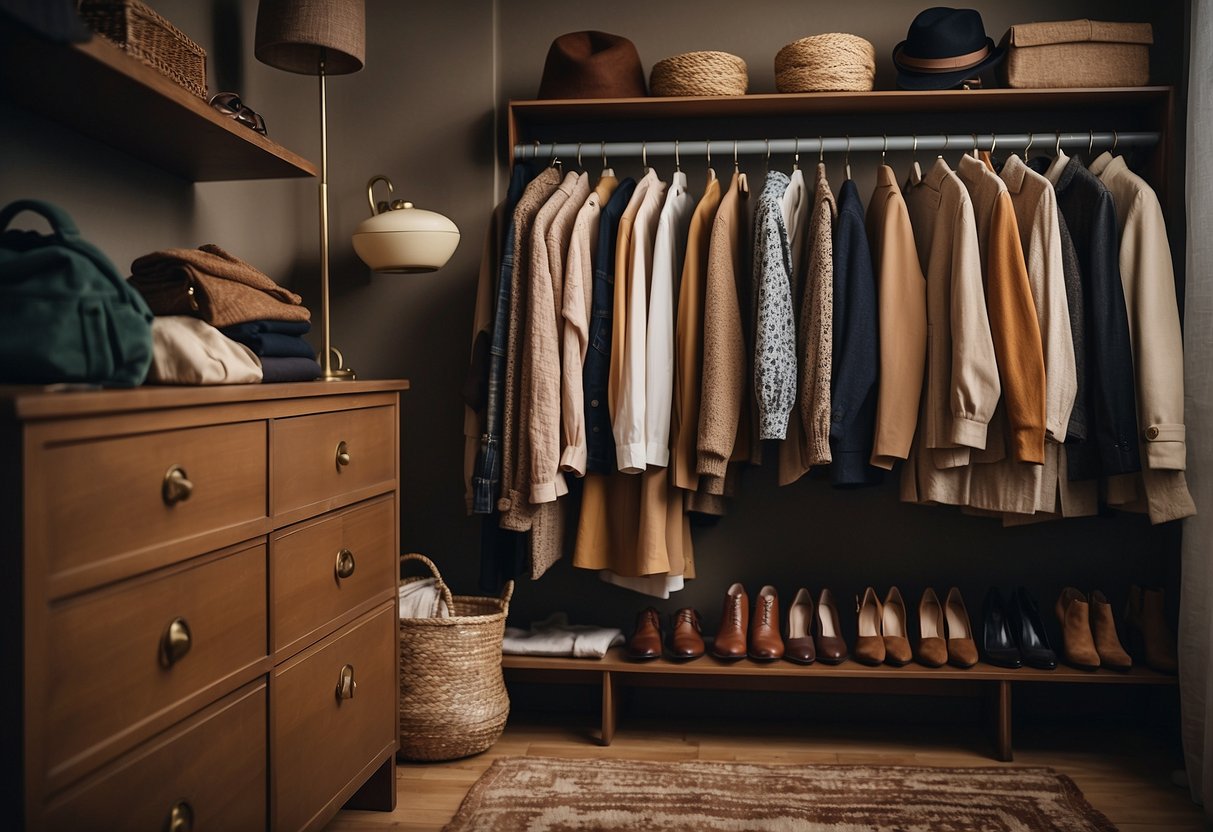
Evaluating Existing Items
Begin by sorting through all your clothing. Lay everything out and group similar items together—tops, bottoms, dresses, outerwear, and accessories. Check each piece for wear and tear, fit, and comfort. Remove anything that is damaged beyond repair or no longer fits well.
Look at the colors, patterns, and styles of your clothing. Identify any common themes. Are there items that don’t match the rest of your wardrobe? This will help you see if your wardrobe is cohesive or if there are outliers that don’t fit your preferred style.
Consider functionality and versatility. Are there pieces that can be worn in multiple settings or paired with different items? Versatile clothing maximizes your outfit options and ensures you get the most out of each piece.
Identifying Frequently Worn Pieces
Next, determine which items you wear most often. This can reveal your true style preferences and help focus your wardrobe curation. Pay attention to the clothes you instinctively reach for regularly. These pieces usually combine comfort, fit, and personal appeal.
Create a list of these frequently worn garments. Note why you choose them repeatedly. Is it the fit, color, or style that appeals to you? Understanding these factors will guide future purchases and help you refine your wardrobe more accurately.
Also, identify staple pieces that serve as the foundation of your outfits. Staples are versatile and timeless, like a well-fitted pair of jeans or a classic white shirt. Recognizing your staples will ensure you have essential pieces that support various looks.
Evaluate if there are specific types of clothing you frequently use. This could be casual wear, business attire, or activewear. Understanding what you wear often helps tailor your wardrobe to your lifestyle needs.



